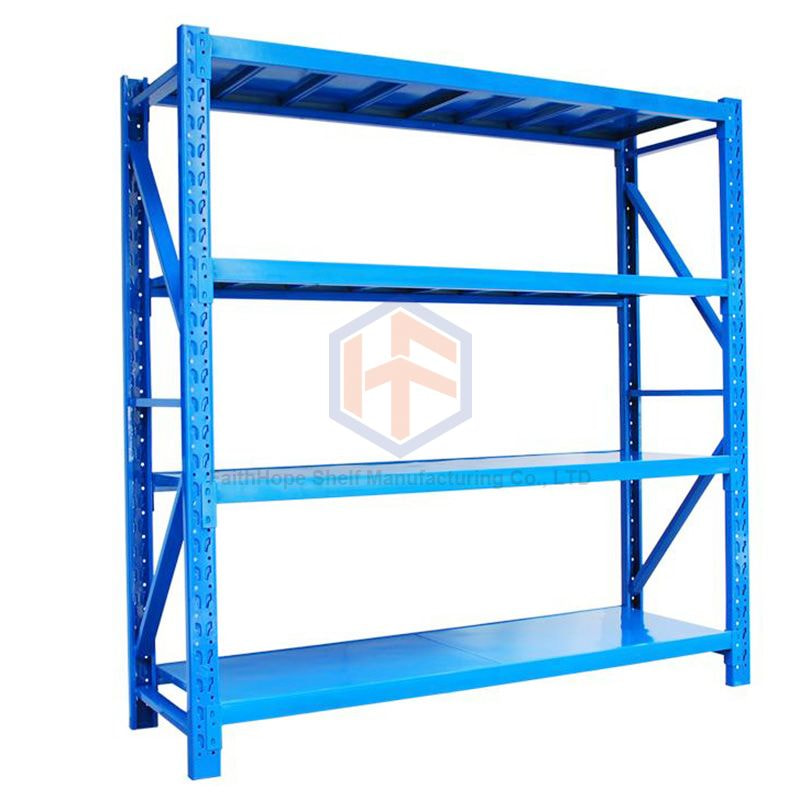10 Considerations for Choosing a Robot
10 Considerations for Choosing a Robot
For more information, please visit advantages of robotics.
As you embark on the robot selection process, the following 10 items are important to consider before making your final decision.
1. Compact, efficient robot design. A compact robot design with slim arms and a small footprint makes integration easier and saves valuable shopfloor space. In addition, designs with concealed air and electrical lines keep those lines from interfering with other equipment, as well as protect them from wear and damage, which helps reduce overall costs.
2. Robot controller features. Desirable features to look for in robot controllers include compact size and light weight; fast processing speed; modular expandability to accommodate additional peripheral equipment without having to purchase a new controller; ease of integration with a vision system, PLC or other devices; and ease of servicing.
3. Affordable offline programming software. Be sure that the offline programming software being offered does not include expensive, advanced features that are unnecessary for your needs.
4. Low energy consumption. Ask about the robot's energy consumption. Efficiently designed, slim and lightweight robot arms require less power, so their motors draw less electrical current, which can result in significant long-term cost-savings.
5. Safety codes. To protect employees and limit your company's liability, verify that the robot meets or exceeds all current safety codes.
6. Short training. Ask about the length of required training. Unnecessarily long training can result in excessive unproductive employee time and travel costs.
7. Documented mean time between failures. Above all, robots must be reliable, and this can be verified with documentation of a robot's mean time between failures (MTBF) provided by the manufacturer.
8. High maximum allowable moment of inertia. Look for a robot with a high maximum allowable moment of inertia, a measure of how much force it can exert. The higher the maximum allowable moment of inertia, the more easily the robot can lift and move a given payload size, putting less strain on the robot's motors and resulting in a longer working life.
9. Continuous-duty cycle time. When comparing robot cycle times, be sure to ask whether the figures given are for continuous duty, or only shorter bursts of an hour or less. If the latter, the robot will have to operate at a slower speed in normal operation.
10. Experience and reputation of the robot manufacturer. Look for a manufacturer that has established itself as an industry leader and whose robots have stood the test of time. Also look for a manufacturer who understands the importance of product training by offering basic and advanced comprehensive operator, programming and maintenance training for its robots through a variety of classroom sessions, computer-workstation interaction and hands-on robot training.
Related Content
-
Reimagining Moldmaking with Technology
A look at some of the technology mold builders have expressed a growing interest in and are now actively investigating, including advancements in mold design, 3D printing, automation, machining, inspection and repair.
-
Developments in High-Speed Machining Technology
There have been many exciting developments in high-speed machining relative to machining centers and controls, tooling and CAD/CAM systems.
-
Technology Roundup: New/Improved Technologies You Don't Want to Miss
With all the technology joining the market, moldmaking is a versatile, ever-evolving industry. As such, this technology roundup has no specific theme ' it features a variety of products for applications and solutions across the industry.
Advantages & disadvantages of using industrial robots in ...
Today's industrial robots work in a wide range of industries, from semiconductors and automobiles to plastics processing and metal forging. Pretty much any repetitive operation is a great job for a robot, particularly if it's dangerous or difficult for people.
The application of robots in manufacturing industries is particularly valuable. Robots have been used for high-volume operations, but as the technology advances and the cost of industrial robots decline, more options and opportunities are opening for medium- and small-sized operations.
At the same time, these robots are helping manufacturers address many of the key challenges they face, including tight labor pools, global market competitiveness and safety.
If you're curious whether robots can enhance your value stream, here are the main pros and cons to consider:
Contact us to discuss your requirements of floor scrubber robot. Our experienced sales team can help you identify the options that best suit your needs.
Explore more:What are the advantages of drive in racking?
Shuttle pallet racking: Is it the future of warehouse storage?
Maximize Storage Space with Medium Duty Cantilever
Maximizing Warehouse Efficiency with Rack Shuttle Systems
Revolutionize Your Warehouse Efficiency with Rack Pallets?
What are the different types of beams for racking?
Is wire decking required for pallet racking?
Advantages of industrial robots
1. Better quality and consistency
Along with other tech ' such as the industrial internet of things (IIoT) or 3D printing robots ' industrial robots are able to provide better production quality and more precise and reliable processes. Added benefits also include reduced cycle times and real-time monitoring to improve preventive maintenance practices.
2. Maximum productivity and throughput
An industrial robot increases speed for manufacturing processes, in part by operating 24/7. Robots don't need breaks or shift changes. The speed and dependability of robots ultimately reduces cycle time and maximizes throughput.
3. Greater safety
Using robots for repetitive tasks means fewer risks of injury for workers, especially when manufacturing has to take place under hostile conditions. In addition, supervisors can oversee the process online or from a remote location.
4. Reduced direct labor costs
The cost of having a person handle many manufacturing operations is often more expensive than robot. This can also free up workers so their skills and expertise can be used in other business areas, such as engineering, programming and maintenance.
5. Keeping manufacturing in the U.S.
Some argue that robots are taking jobs away from U.S. workers, but that's not necessarily the case. Industrial robots there are typically integrated into a series of operations that require human expertise. For example, you could have a robot welding parts that are handed off to a person to perform a task that requires a human's intuitive "if, then" thinking.
Disadvantages of industrial robots
1. High initial investment
Robots typically require a large upfront investment. As you research your business case for purchasing, consider all the costs of industrial robots, including installation and configuration. You should also evaluate whether your robot can be easily modified if you need to alter operation in the future.
2. Expertise can be scarce
Industrial robots need sophisticated operation, maintenance and programming. While the number of people with these skills are growing, it's currently limited. As a result, it's important to consider the personnel investment you'll need to make to bring in that expertise or 'retool' your existing staff to take on the task.
3. Ongoing costs
While industrial robots may reduce some manufacturing labor costs, they do come with their own ongoing expenses, such as maintenance. In addition, you'll want to consider the costs to keep your robot and any related IIoT connected devices protected from cyberthreats.
Getting started with industrial robots
Interested in learning more about the types of industrial robots that would benefit your manufacturing business? If you're ready to explore options, contact Wipfli to request a complimentary consultation.
Sign up to receive additional manufacturing content in your inbox, or continue reading on:
Want more information on autonomous scrubber? Feel free to contact us.
The Ultimate Guide to Wire Decking Sizes
Top 10 warehouse storage ideas for a successful purchase?
Top 5 Tips for Buying Q235 Wire Container?
Maximizing Efficiency and Organization: The Ultimate Guide to Mold Storage Racks
What is Mould rack?
What is heavy duty racking system?
Which multifunctional wooden hospital bed care center offers the best value for money?""What are the top 10 advantages of purchasing a multifunctional wooden hospital bed care center?""Why should hosp









